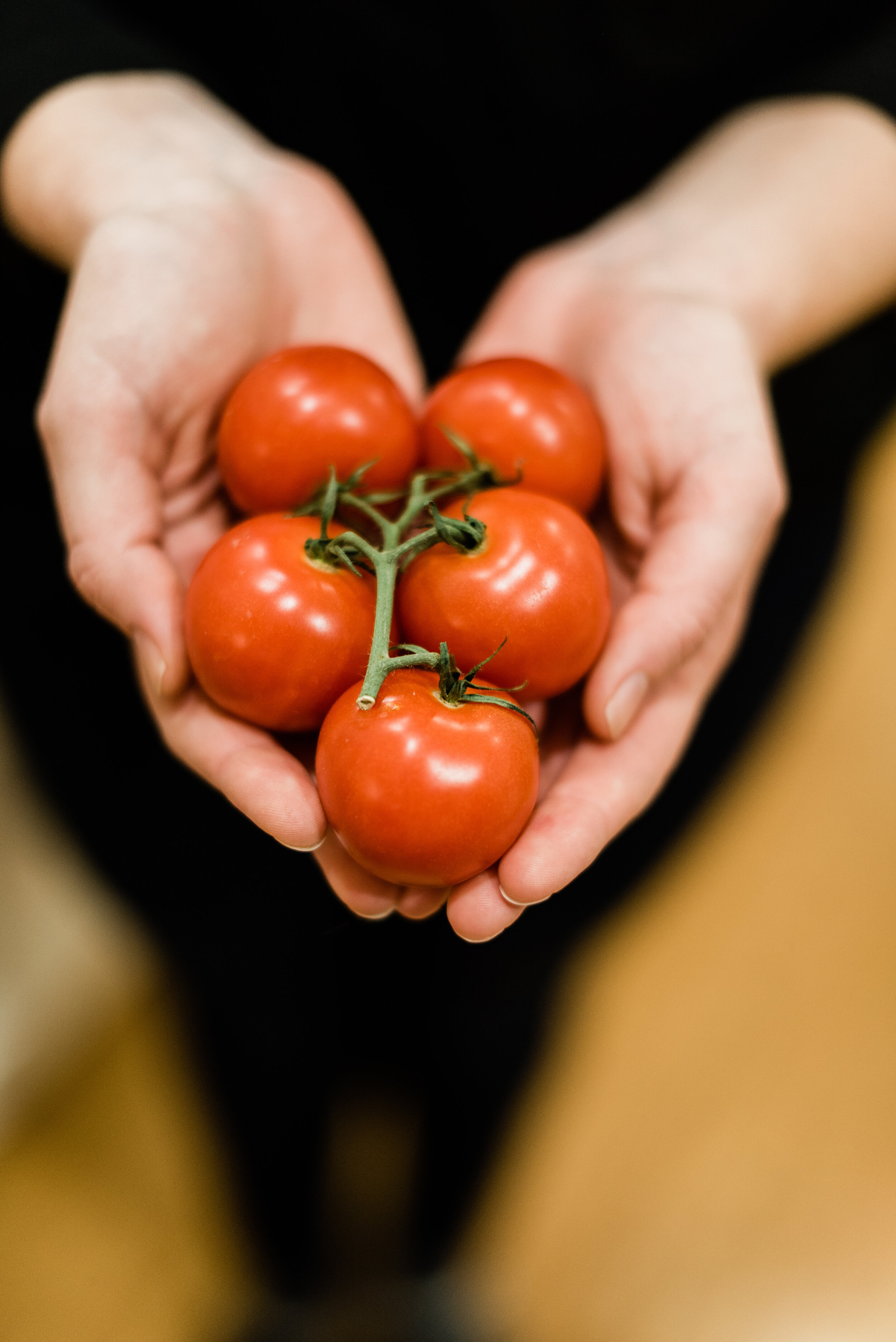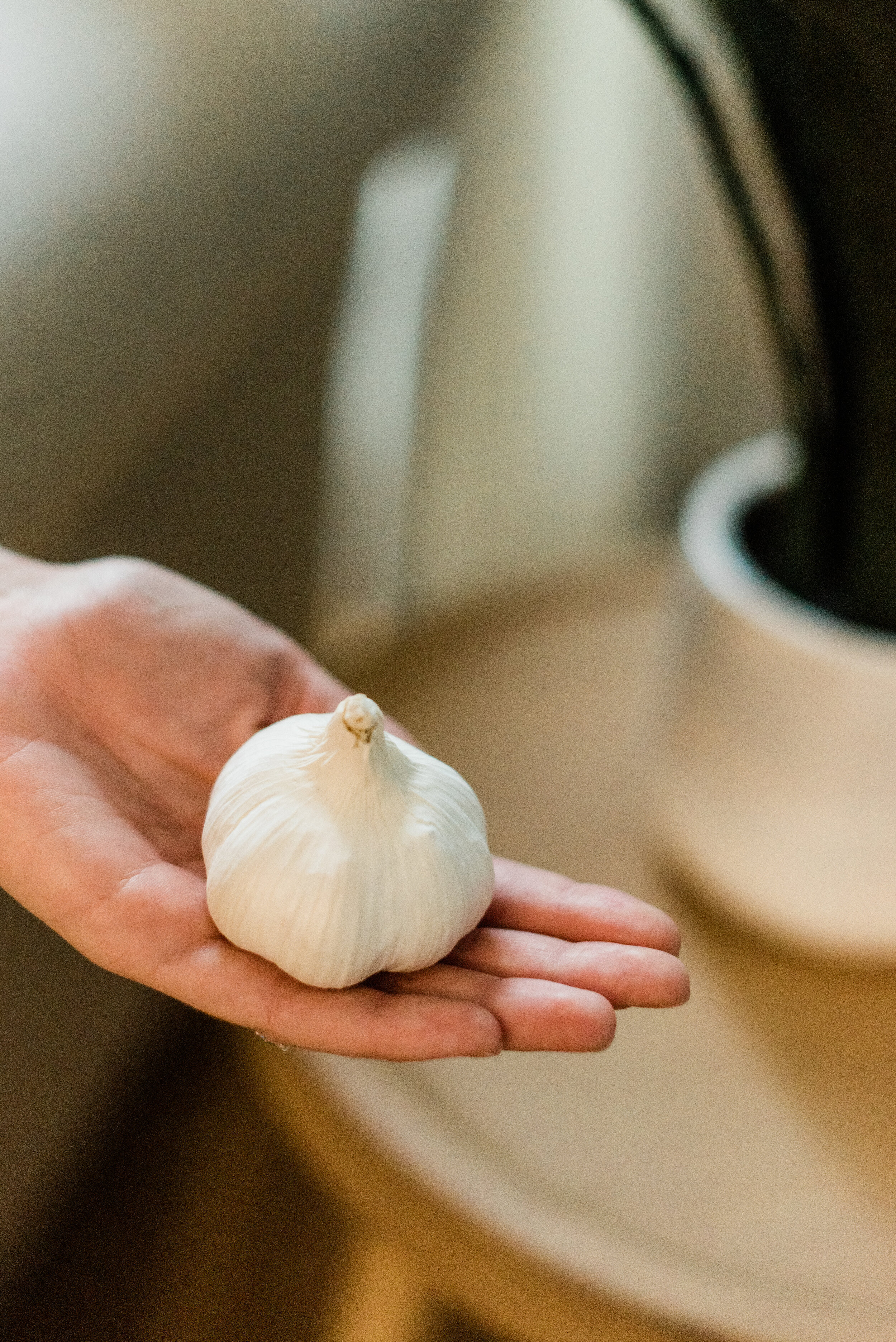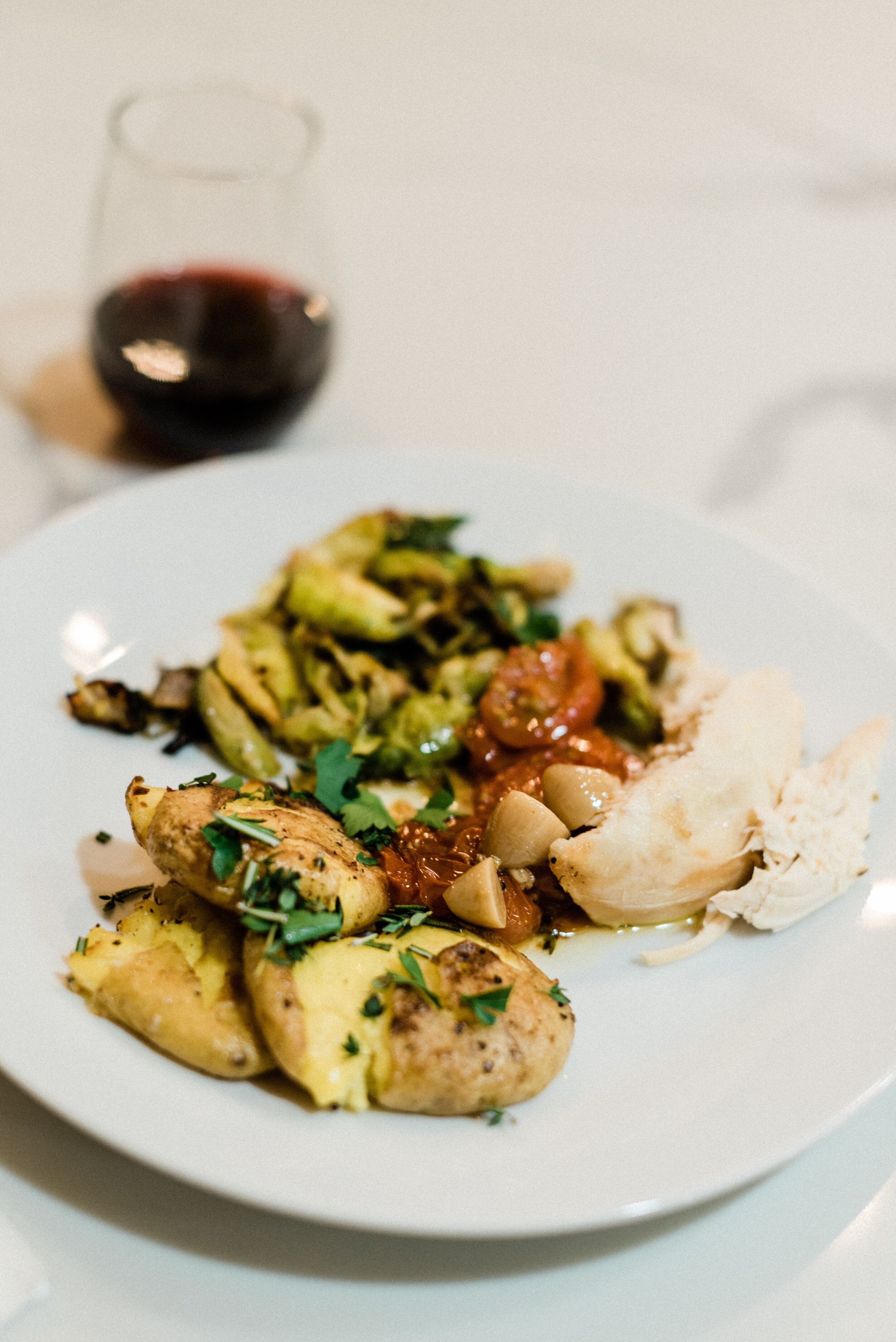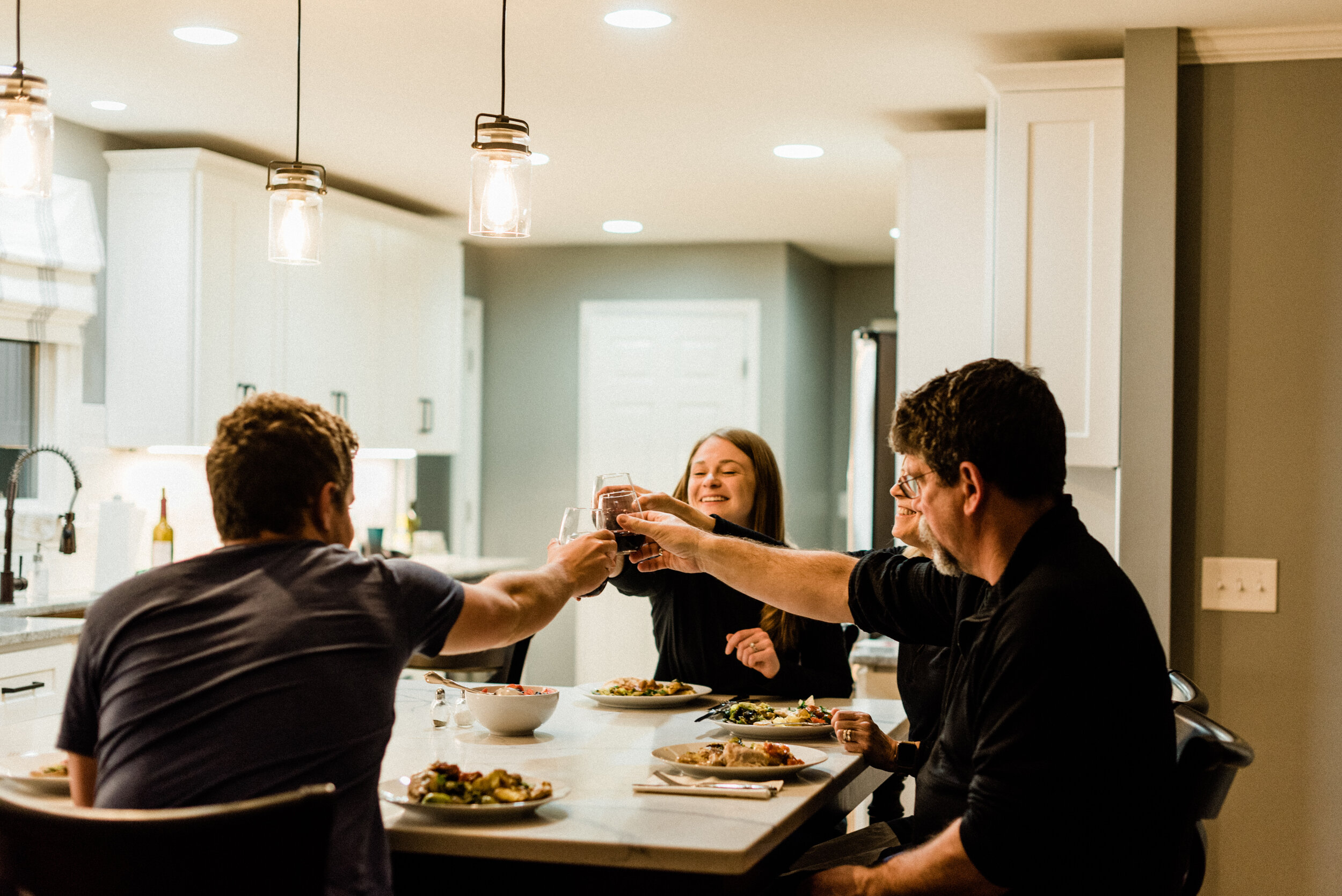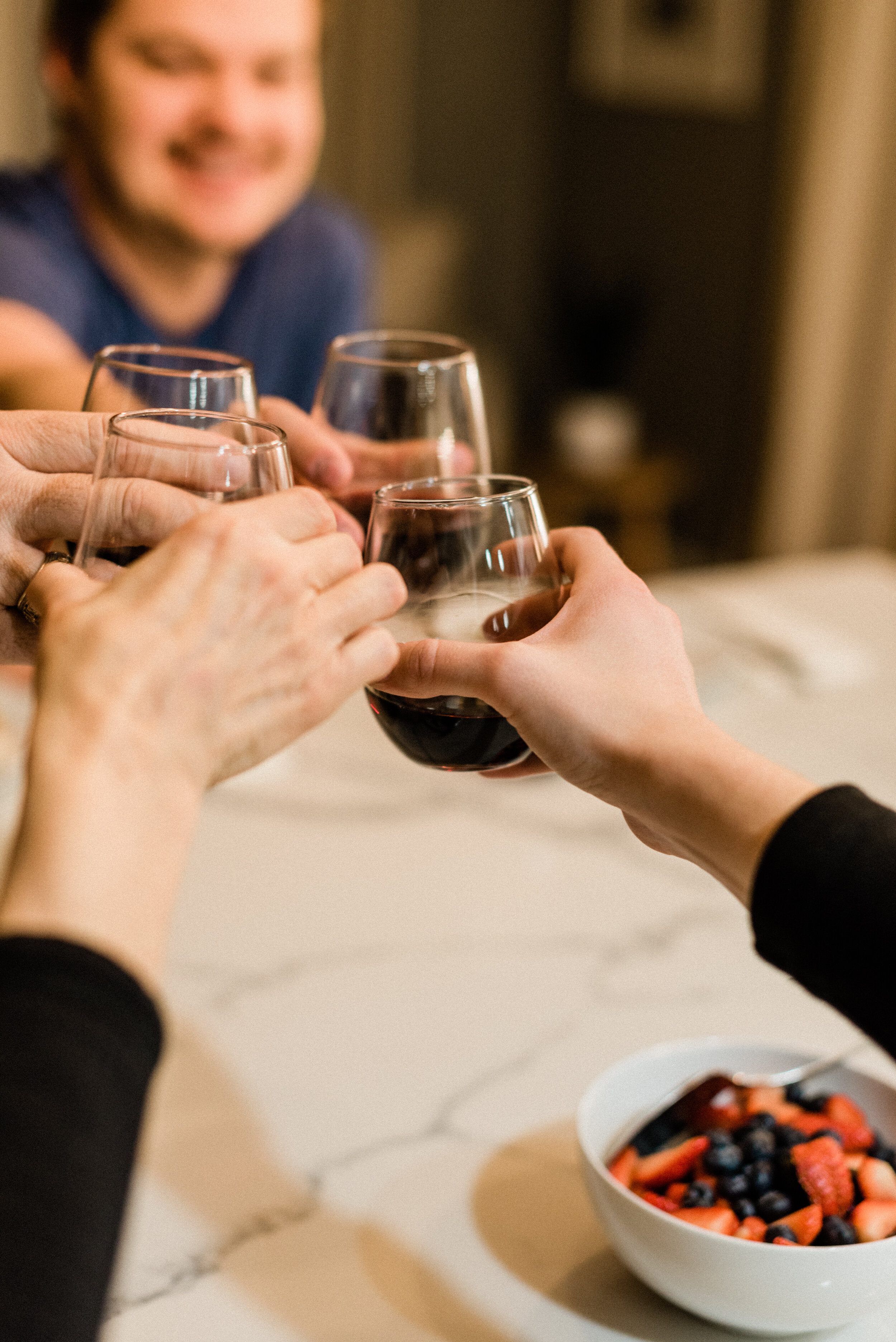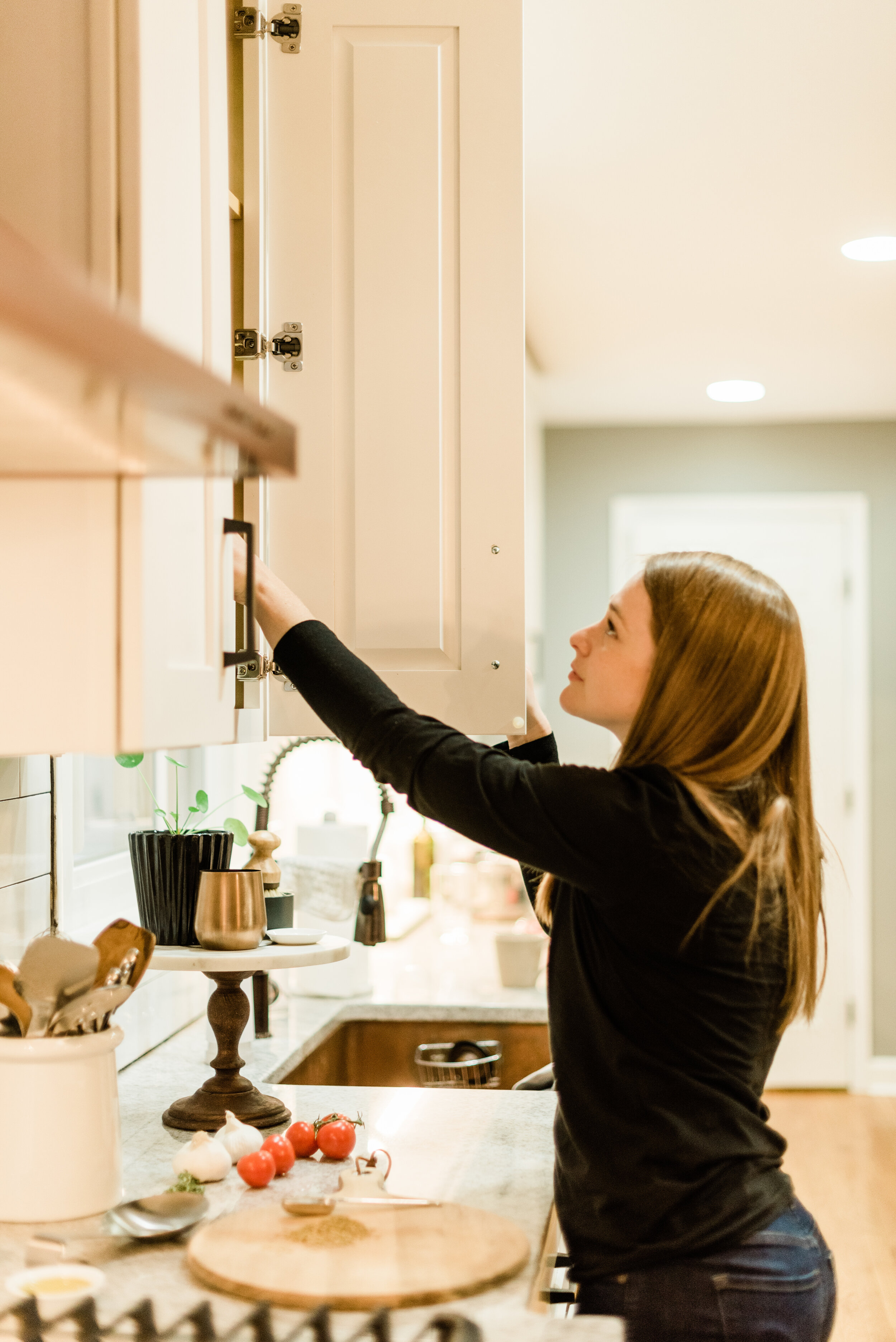There are a lot of reasons why this dish is featured on the cover of Alison’s second book, nothing fancy. It’s crazy delicious. It’s easy to make: virtually no cooking skill required beyond assembly and sticking it in the oven. Finally, it seems like a blatant oxymoron. How can a dish that fancy, for lack of a better term, be not fancy? Makes you want to open the book to find out, doesn’t it? (I see what you did there, Alison & her book publishers.)
Important note, by cooking this recipe right off the bat, I was clued into what I think Alison means by the book title, nothing fancy. The food in it sure looks fancy, and definitely tastes fancy. But that doesn’t mean that only advanced cooks can make this food. The skill levels required, and the amount of steps in each recipe, are far less than what you might think. Example A, see Slow-Roasted Oregano Chicken on Page 189-190.
The recipe calls for a whole chicken, 3.5-4 lbs. I bought a whole chicken only a handful of times in the past, as I found it intimidating to both cook and carve a whole bird. (And the bones, bones always spooked me out.) I usually shop at Trader Joes, so that’s where I went to buy this chicken.
Note on whole chickens at Trader Joes, to give you a lay of the land if you need one. In my recently frequent experience in this section of the store, I’ve learned there are three types of chickens to choose from. There’s the standard chicken: non-organic, large birds in the 5-8 lb. range and a less expensive option. There’s the heirloom chicken: smaller birds in the 2-3.5 lb. range, in a non-organic but all the disclaimers like vegetarian-fed and antibiotic-free, etc., and just as expensive per pound as organic. Then there’s a standard organic chicken but their smallest bird is no less than 5.5 lbs.
I first made this recipe for Jordan and I, so a 3.5 lb. heirloom chicken seemed best for feeding 2 and having leftovers the next day. I was right.
The dish was so killer that I had to make it for a larger audience. My in-laws came over a few days later and I reprised it. There were 5 of us total, so I opted for a larger, organic bird of 5.5 lbs, and there were no leftovers to be found. If you’re going to serve this to guests, don’t expect leftovers, both due to the amount of chicken and sheer irresistibility.
Step 1 of the recipe tells you to cover the chicken in salt and pepper. Alison says this can be done right before cooking, but tells you in parentheses that if you have time to do it earlier in the day, do! Consider it a “casual brine.” If there’s one thing I know about cooking meat, it’s that meat always tastes better if it’s had a salt bath first. I’m all in for that casual brine.
When you’re about 3 hours from meal time, it’s time to assemble your dish. When it comes to the chicken itself, the ingredients are simple and few (not fancy). Fennel seeds, salt, pepper, olive oil, and of course, fresh oregano. I followed her quantities to a tee, and proportionately scaled them up with the 5.5 lb bird.
The seasoned chicken is nestled in a nest of halved garlic heads and vine-ripened tomatoes, and more fresh oregano. Very little chopping involved, and you don’t even have to remove the paper around the garlic. Throw in some butter and pop her into the oven at a low temperature for 2.5-3 hrs.
Note about fresh oregano. My Trader Joes doesn’t carry it, so I had to go to Whole Foods to buy it. This isn’t one of those times where you can swap in the dried version and alter the quantity accordingly. It’s gotta be the fresh version.
At this point, the recipe only tells you when to take the dish out of the oven. My dear friend who gifted me nothing fancy, and whose favorite dish is also this dish, told me to drizzle olive oil over the bird every 30 minutes during the cooking process. Why not keep the chicken as moist and shiny as possible? A wonderful recommendation to follow, if you ask me. But hey, if you need this to be a totally hands-off roast, I get it! Skip the extra olive oil, and I’m sure the chicken will turn out great anyway. In Alison, we trust.
We’re almost at the point where the dish is ready to be served. Once you remove her from the oven (look for that golden brown skin and jammy tomatoes), you get to spoon some red wine vinegar over the tomatoes and let it sink in for 10 minutes. Then, she’s ready to be carved and served.
Alison wisely recommends serving it with fresh bread. I happen to be on a sourdough baking kick, so I was eager to oblige with homemade bread. But I know that fresh bread from a grocery store, preferably one with a nice soft middle, and crispy crust, will do just fine. Fun tip, the garlic will have been confit-ted, aka turned into a spreadable, caramel-colored clove that I highly recommend spreading over your bread like butter.
Like I said, this dish is a true winner. One I will return to again and again for hosting and casual weeknight dinners alike. It’s the whole package. Tangy, jammy tomatoes, perfectly moist chicken meat with a golden crispy crust with chopped fennel that gives it a slightly crunchy bite, and spreadable, golden garlic over fresh bread. Serve it with a simple green salad, and you will be thanking yourself, and dear Alison, for days to come.
I made this recipe another time for a family that is very near to my heart. The Hammitt/Self family lives out a grace-centered, actively service-oriented type of love for one another that is contagious. This chicken was the backdrop to a meaningful evening with them. Rachel graciously offered to take these photos for my blog — I was just about to launch it then, though I’m just posting these now. Thank you, Rachel. I love you!
56 recipes cooked, 169 to go.
Photography credit goes to my brilliant friend, Rachel Hammitt @ Hammitt Design: https://hammittdesign.com/


